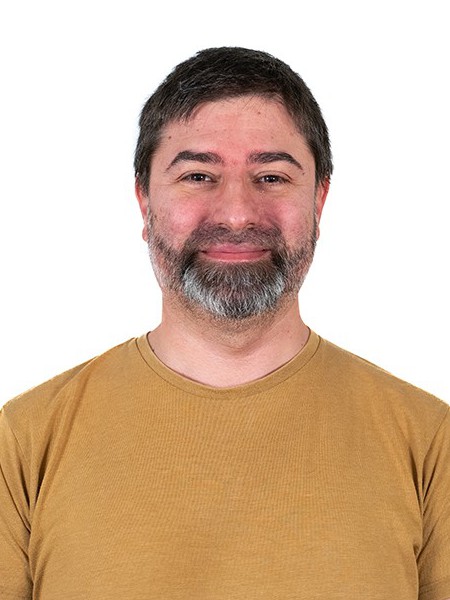abstract
Fe 3 O 4 /SiO 2-EDTA materials have been used for diverse applications and they have been modification by different methods, but a comparison is lacking between their physicochemical characteristics. This work aimed to compare the physicochemical characteristics of the Fe 3 O 4 /SiO 2-EDTA nanocomposite obtained by four methods, whose modification of the Fe 3 O 4 surface with SiO 2-EDTA occurs in one or two steps, with not hazardous chemicals. In the one-step methods (M1 and M2), Fe 3 O 4 particles were coated and functionalized in consecutive steps (by sonication in M1 and mechanical stirring in M2). In the two-step methods (M3 and M4), the Fe 3 O 4 particles were primarily coated with silica and then functionalized with TMS-EDTA (by sonication in M3 and mechanical stirring in M4). The Fe 3 O 4 /SiO 2-EDTA nanocomposites were characterized by XRD, TEM, EDX, BET, SQUID magnetometry, FTIR, XPS, and zeta potential. The TEM highlighted that the nanocomposites from methods M1 and M2 there is the simultaneous presence of magnetite particles coated and uncoated with silica, while those from M3 and M4 were totally coated, besides the nanocomposites from M2 and M3 showed to be more aggregated than those from the other methods. The presence of EDTA on the surface of the nanocomposites was evidenced by the carboxyl groups in the FTIR spectra and by the nitrogen in the XPS spectra. The nanocomposites from M3 and M4 presented a higher content of nitrogen than those from M1 and M2, and those from M4 also presented a higher content of carbon than those from M3. Overall, the Fe 3 O 4 /SiO 2-EDTA nanocomposites from two-step methods showed better SiO 2 coating and EDTA functionalization than those from onestep methods, and those from M4 presented the best physicochemical characteristics, being this method recommended for their modification for future applications.
keywords
CHELATING MAGNETIC NANOPARTICLES; CORE-SHELL NANOPARTICLES; ACID; REMOVAL; SURFACE; PB
subject category
Engineering
authors
Santos, GTAD; Estrada, AC; Amorim, CO; Amaral, JS; Deuermeier, J; Duarte, AC; Santos, PSM
our authors
Groups
G1 - Porous Materials and Nanosystems
G2 - Photonic, Electronic and Magnetic Materials
G6 - Virtual Materials and Artificial Intelligence
Projects
CICECO - Aveiro Institute of Materials (UIDB/50011/2020)
CICECO - Aveiro Institute of Materials (UIDP/50011/2020)
Associated Laboratory CICECO-Aveiro Institute of Materials (LA/P/0006/2020)
Collaboratory for Emerging Technologies, CoLab (EMERGING TECHNOLOGIES)
acknowledgements
Thanks are due to FCT/MCTES (PIDDAC) for the financial support to CESAM (UIDP/50017/2020 + UIDB/50017/2020 + LA/P/0094/2020) and CICECO-Aveiro Institute of Materials (UIDB/50011/2020 (DOI: 10.54499/UIDB/50011/2020) , UIDP/50011/2020 (DOI: 10.544 99/UIDP/50011/2020) & LA/P/0006/2020 (DOI: 10.54499/LA/P/0006/2020) ) , through national funds. Gabriela T.A.D. Santos thanks FCT for the doctoral grant (SFRH/BD/137755/2018) . Ana C. Estrada thanks FCT for her research contract funded by National funds (OE) , in the scope of the framework contract foreseen in the numbers 4, 5 and 6 of article 23, of the Decree -Law 57/2016, of August 29, changed by Law 57/2017, of July 19 (DL 57/2016/CP1482/CT0007; DOI: 10.544 99/DL57/2016/CP1482/CT0007) . Patricia S.M. Santos thanks support by the FCT Scientific Employment Stimulus-Individual 2017 (CEE- CIND/01835/2017; DOI: 10.54499/CEECIND/01835/2017/CP145 9/CT0017) . This work was also financed by national funds from FCT, in the scope of the projects LA/P/0037/2020, UIDP/50025/2020 and UIDB/50025/2020 of the Associate Laboratory Institute of Nano-structures, Nanomodelling and Nanofabrication - i3N and via CEE- CINST/00102/2018.




